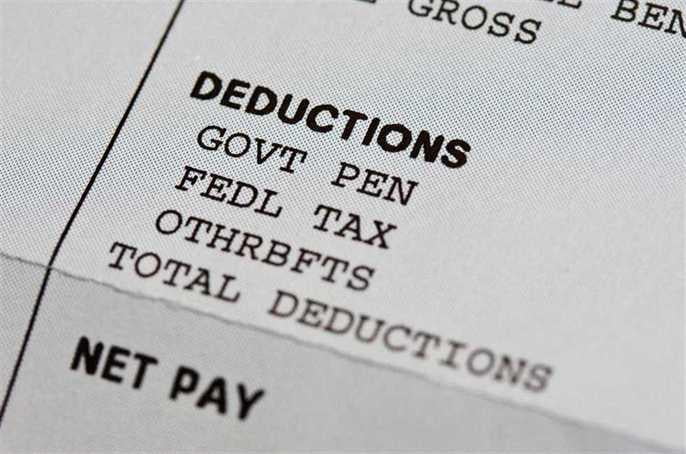Payroll Deductions can seem complex – we’re going to go over the basics in an effort to simplify things. For our purposes, we’re going to analyze payroll deductions in Manitoba, as that’s where most of our readership lives. That said, the basics are the same for every province. You must deduct for:
Federal income tax
Provincial income tax
The Canada Pension Plan (CPP)
Employment Insurance (EI)
Note that the situation is quite a bit different for Quebec, as they have their own pension scheme (among other things).
Federal income tax, CPP, and EI are calculated in the same way for every employer. Provincial income tax varies from province to province – the Province of Manitoba has a web page containing its income tax rates.
How do you calculate the deductions you’ll need to make for each employer when the rates can change every year? Simple! Use the Government of Canada’s Payroll Deductions Calculator.
How Often You Should Remit
Different businesses need to remit (pay) deductions at different times. You can learn about what type of remitter you are (and, thus, when you need to pay deductions) on the Government’s How and When to Pay page. As a guideline, the smaller your business is, the less often you have to remit.
Generally, there are two types of remittance: quarterly (every quarter) and regular (every month), though some remitters are accelerated and pay two to four times per month.
Failure to remit deductions on time can result in steep penalties. The CRA has been known to charge penalties of 10%-20%, depending on the severity of the breach, and will pursue legal action against employers who refuse to remit.
Setting Your Business Up For Payroll Deductions
The first step is to create a payroll program account. From there, you’ll need to get information about every employee when you hire them, including their social insurance number (SIN) – they’ll fill this information into a TD1 form.
Subsequently, you’ll have to create a T4 for your employees at the end of each year. You’ll make four copies, two of which go to your employee, one of which is kept with your records, and the final one which is sent to the CRA.
As a reminder, these are only the basics of payroll deductions. There may be other payroll deductions that need to be reported, such as union fees. Further, things can become more complicated when you’re paying yourself a salary from your business – the rules differ depending on the type of business you have (i.e. sole proprietorship or partnership versus an incorporated business).
To navigate these more complex scenarios, it can be helpful to have an accountant from Compass Accounting to help you with tax preparation in Winnipeg. There can be penalties if you remit improperly, and mistakes can cost you time and money, so having someone knowledgeable on your side is a real boon.

